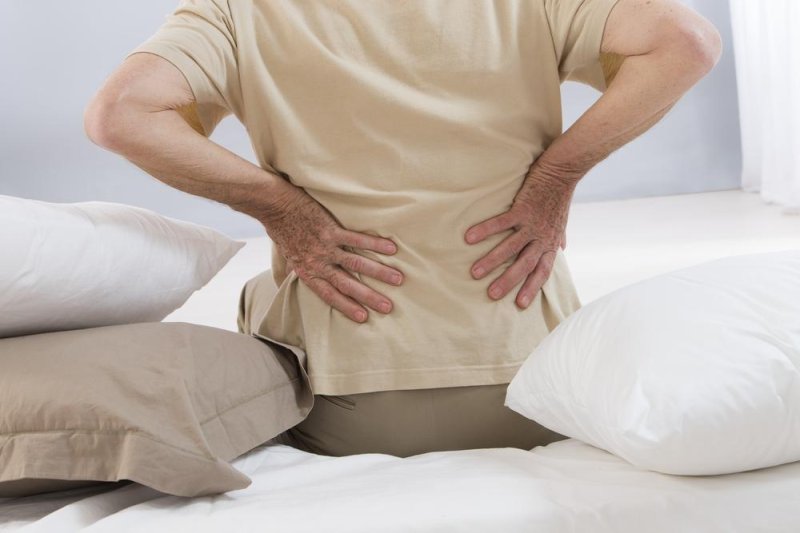Since millions of people have back pain, this is certainly a great thing.
Chinese back patients get pain relief with Israeli tech
Mazor Robotics brings spine surgery system to the world’s most populous country after approval by health officials
BY DAVID SHAMAH September 9, 2014, 6:17 pm
A back surgeon looks at a 3D model of a patient's spinal column in preparation for surgery using the Mazor Renaissance system (Photo credit: Courtesy)
WRITERS

David Shamah
China is just the latest country where Mazor has made an impact. It was approved by the FDA in the United States over three years ago, and dozens of the systems are installed in North America, Turkey, India, and Southeast Asia. The Caesarea-based company went public in the US about a year ago, and it’s traded on NASDAQ. According to Mazor, its spine surgery-assisting technology has been used in over 4,000 procedures worldwide. The company’s entry into the Chinese market will, Mazor said, significantly increase the number of customers deploying its technology.
Read more:
Chinese back patients get pain relief with Israeli tech The Times of Israel
Chinese back patients get pain relief with Israeli tech
Mazor Robotics brings spine surgery system to the world’s most populous country after approval by health officials
BY DAVID SHAMAH September 9, 2014, 6:17 pm
A back surgeon looks at a 3D model of a patient's spinal column in preparation for surgery using the Mazor Renaissance system (Photo credit: Courtesy)
WRITERS

David Shamah
China is just the latest country where Mazor has made an impact. It was approved by the FDA in the United States over three years ago, and dozens of the systems are installed in North America, Turkey, India, and Southeast Asia. The Caesarea-based company went public in the US about a year ago, and it’s traded on NASDAQ. According to Mazor, its spine surgery-assisting technology has been used in over 4,000 procedures worldwide. The company’s entry into the Chinese market will, Mazor said, significantly increase the number of customers deploying its technology.
Read more:
Chinese back patients get pain relief with Israeli tech The Times of Israel




